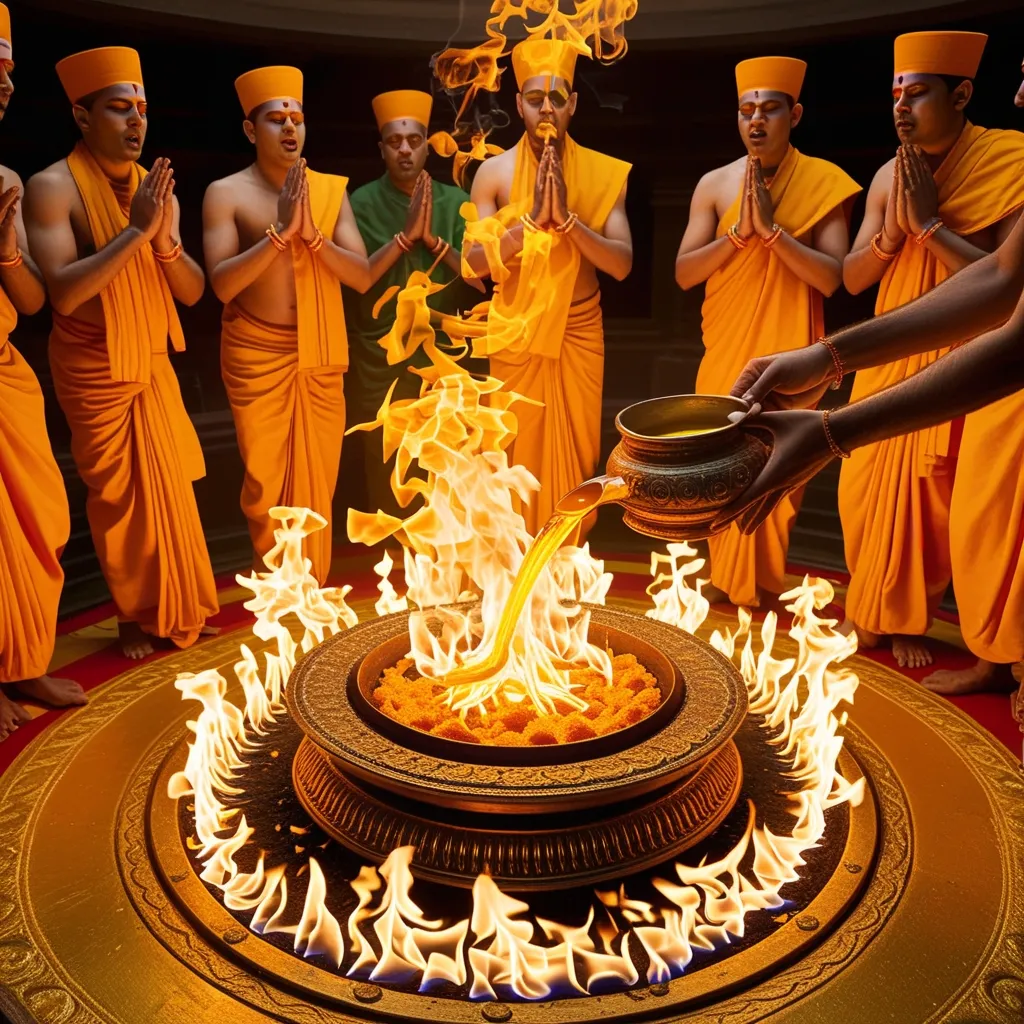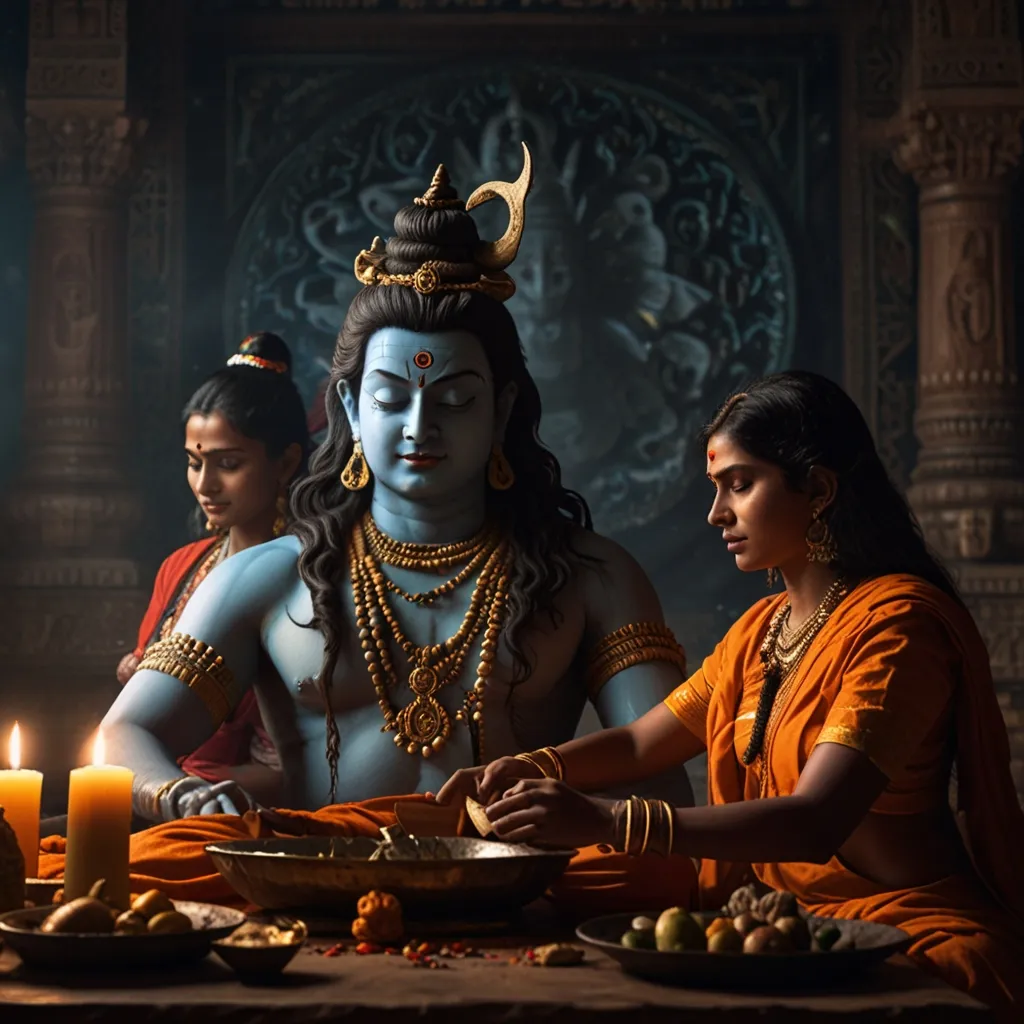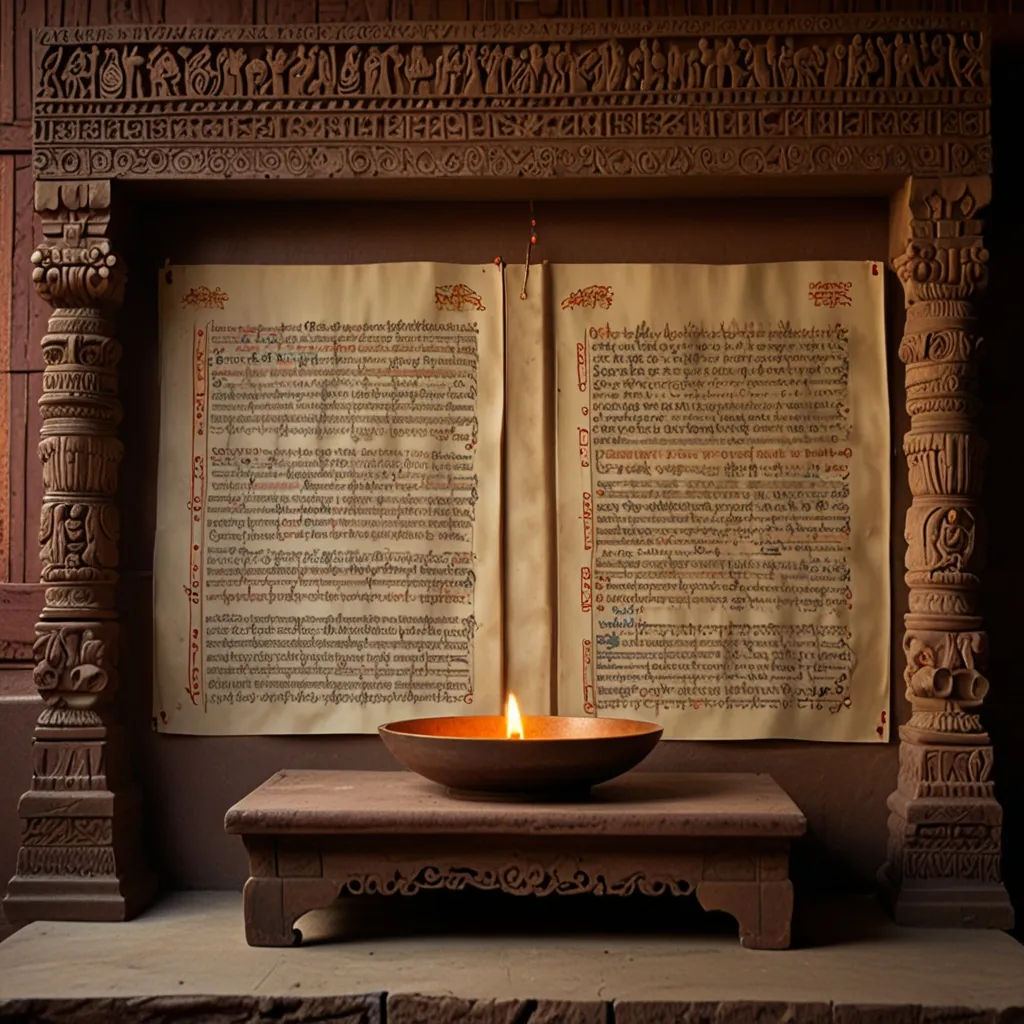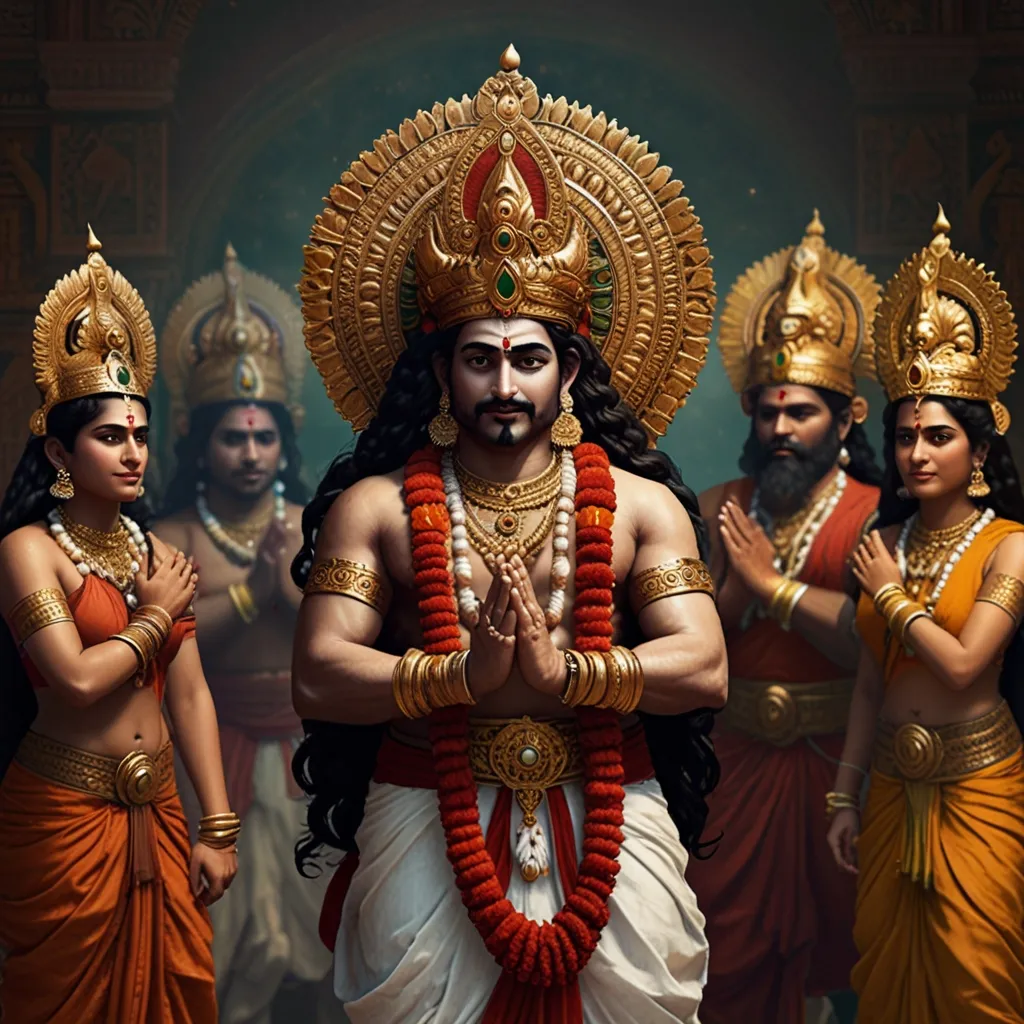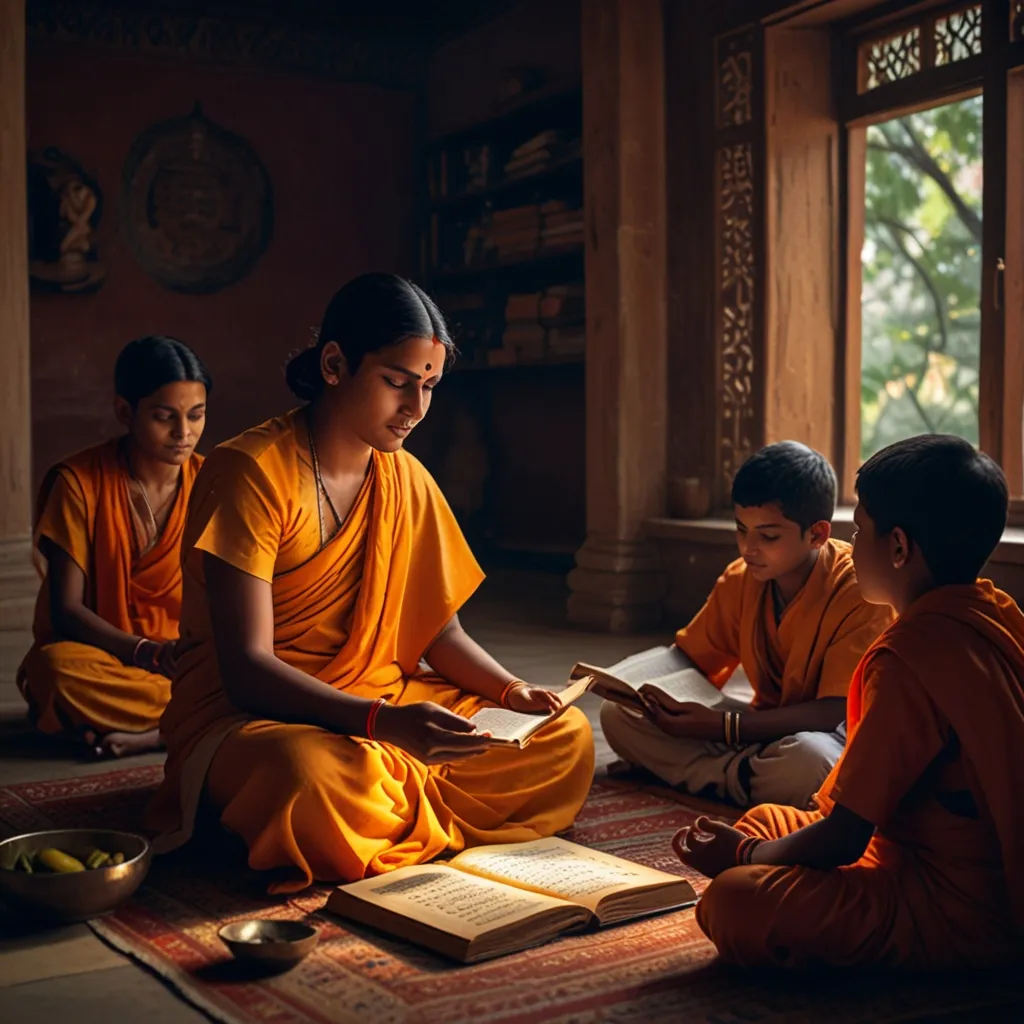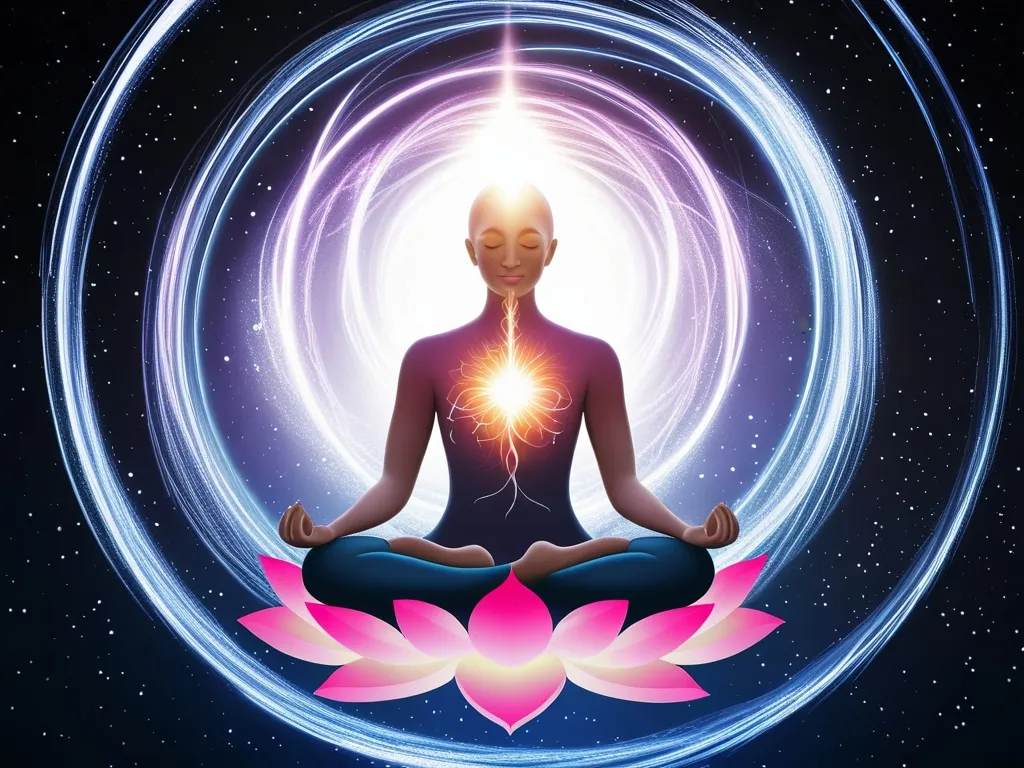In Hindu traditions, few elements are as central to sacrificial rituals as ghee or clarified butter. One cannot talk about these rituals without mentioning the Yajur Veda, a significant text among the four Vedas. Popularly known as the “Veda of the Yajus,” it serves as the go-to manual for the Adhvaryu priest tasked with conducting these rituals. The Yajur Veda and ghee go hand-in-hand, each adding a layer of importance and sanctity to sacrificial practices known as yajnas.
The concept of yajna revolves around sacrifice, devotion, and offerings made to the sacred fire while chanting Vedic mantras. The divine connection achieved through ghee offerings is legendary. Extracted from bovine milk, ghee isn’t just a culinary delight; it’s a spiritual medium. When ghee finds its way into the sacred fire, a wave of purity is believed to sweep over the ritual. It’s like giving something as pure as your best intentions to the gods.
The act of pouring ghee into the fire embodies more than meets the eye. It’s a symbolic gesture of presenting one’s cleanest and most sincere offerings to the divine. The fire deity, Agni, is thought to act as a cosmic postman, delivering these offerings to the various gods. The importance of ghee in these rituals lies in its purity, the elimination of any impurities, and its representation as an unadulterated offering.
If you dig deeper into the philosophical and cultural nitty-gritty of the Yajur Veda, you stumble upon terms like “prana” (life force) and “manas” (mind), making the rituals not just acts of devotion but also journeys into the self. By using ghee in these spiritually profound contexts, the emphasis is on purity and the ultimate clarity of mind and soul. The rituals themselves are a slice of life reflecting the Vedic folks’ social and spiritual world, aiming to bridge the gap between the mortal and the divine.
One of the fascinating aspects is that there are diverse forms of yajnas, each with specific methods and offerings. Think of the Darsha-purnamasa, Agnihotra, and Somayaga, where ghee takes the spotlight among the items offered. Mix it with milk, cereals, and butter, and into the fire they go, believed to be consumed by the gods, forming a divine connection with the worshippers.
Ghee’s role isn’t boxed into yajnas alone; it finds its place in other Vedic worship forms. Visualize this: in festivals like Janmashtami or Maha Shivaratri, ghee lights the lamps in the aarti ceremony and even bathes the divine deities. These rituals display the sacred and auspicious status ghee holds, underlining its intrinsic worth in Hindu traditions.
Now, if you ever wondered about the preparation of ghee, it’s quite the meticulous process. Heating butter to separate the butterfat from the milk solids gives you this golden nectar. Beyond rituals, ghee is a key ingredient in Indian culinary scenes, from the crispy dosas in the south to the flaky parathas in the north. It’s the unsung hero adding that extra richness to traditional Indian dishes.
The symbolism of ghee in yajnas runs deep. It’s not just about pouring some clarified butter into a fire. Ghee embodies purity and spirituality, crucial for one’s growth. As it ascends with the flames, carrying the worshippers’ wishes and prayers to the heavens, it’s an act of seeking purification and blessings. In essence, ghee serves as a conduit between earthly beings and the divine.
Despite the march of time, the use of ghee in rituals hasn’t lost its charm. Whether it’s an elaborate ceremony or a simple home puja, ghee remains the favored offering. This continuity highlights its enduring significance in Hindu culture. Each ritual, whether ancient or contemporary, symbolizes an unbroken thread connecting modern Hindus with their rich spiritual heritage, underlining ghee’s undying sacred value.
Reflecting on the Yajur Veda and the place ghee holds, we uncover an intricate world of spiritual practice. Ghee, infused with purity, pays homage far beyond the earthy realm, symbolizing dedication and a pathway to the divine. These rituals encapsulated in the Yajur Veda continue to resonate, illustrating an unending dialogue between humanity and the divine. The constant role of ghee in these spiritual practices reminds us of the timeless nature of tradition and its ability to guide us, blending the spiritual with the tangible world around us.
